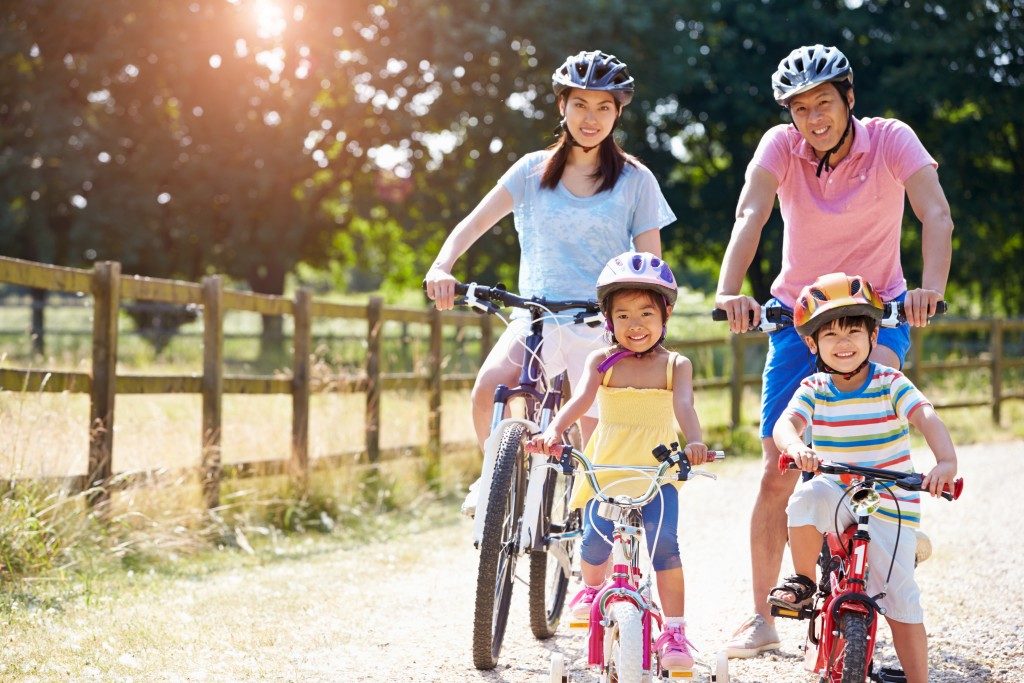More and more cities all over the world are fighting to reduce greenhouse gas emissions by creating more bike-friendly roads. Even countries with cold climates like Finland and the Netherlands are doing their part by encouraging people to adopt cycling life.
The Department of Transport and Main Roads says cycling in Australia’s major cities during the peak traffic hours helps reduce both greenhouse gas emissions and traffic congestion. In fact, just by cycling 10 kilometres to work, people will help prevent the release of 1,500 kilograms of toxic greenhouse gas into the air every year.
The Case for Bikes
Of course, it would be easier to convince motorists to ditch their cars in favour of bicycles if cities practise bike safety measures.
If you live in the city and plan to relocate soon, you can take a look at parcels of land for sale in areas like Geelong, Victoria where bike lanes and greener, open spaces are being prioritised. The communities are being built to focus more on green and sustainable living without sacrificing proximity to urban centres and places of business.
Unfortunately, not all residential areas are like Geelong. In most communities, proponents still have to appeal and ask for more bike lanes on the road. There is also a push for more safety measures for the protection of people who ride their bikes to work.
Here are two ways to help convince your community to support cycling.
Be Knowledgeable
Before you convince your community to change how things are going, it is essential that you know the three kinds of bike infrastructure first. Each one is dependent on the number of intersections on a specific route and the speed limits. These have a different level of rider risk, depending on how slow or fast a cyclist travels.
- First Degree: No infrastructure. The cyclists will share the road with motor vehicles.
- Second Degree: On-road bike lane. The cyclists will have a designated bike lane on the road but share intersections with motor vehicles.
- Third Degree: Segregated bike paths. The cyclists will be assigned their own bike path, one that is separated from the road and will not be shared with any intersections and other motor vehicles.
Get Your Community Involved

Speak up in community meetings. You need to say what you want in order to get it done. Community meetings are a great place to talk with like-minded people and plan an effective movement. Send everyone an encouraging message through your local newspaper. People will talk about it and that is how you will determine that they also want this infrastructure to be built.
Build partnership with bike groups. Join bike clubs, advocacy groups, and general cyclists. Directly talk to your municipality. Call, email, or write a letter to someone who has the ability to carry out changes in your community, it could be an authority from the department of transportation. To add in a little sway, you can stress that the decisions made from your query will impact the way you vote.
More bike lanes lead to reduced carbon emissions. With this simple solution, the planet will be a lot greener. To make this happen, more communities like Geelong need to have dedicated and safe bike lanes for homeowners and passers-by.


